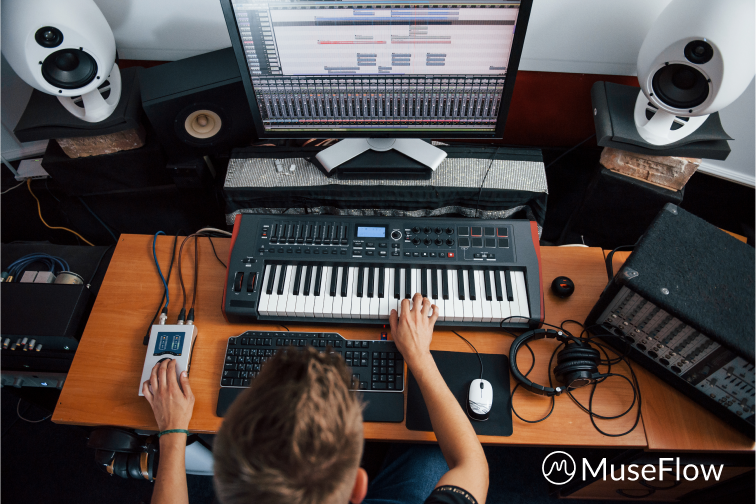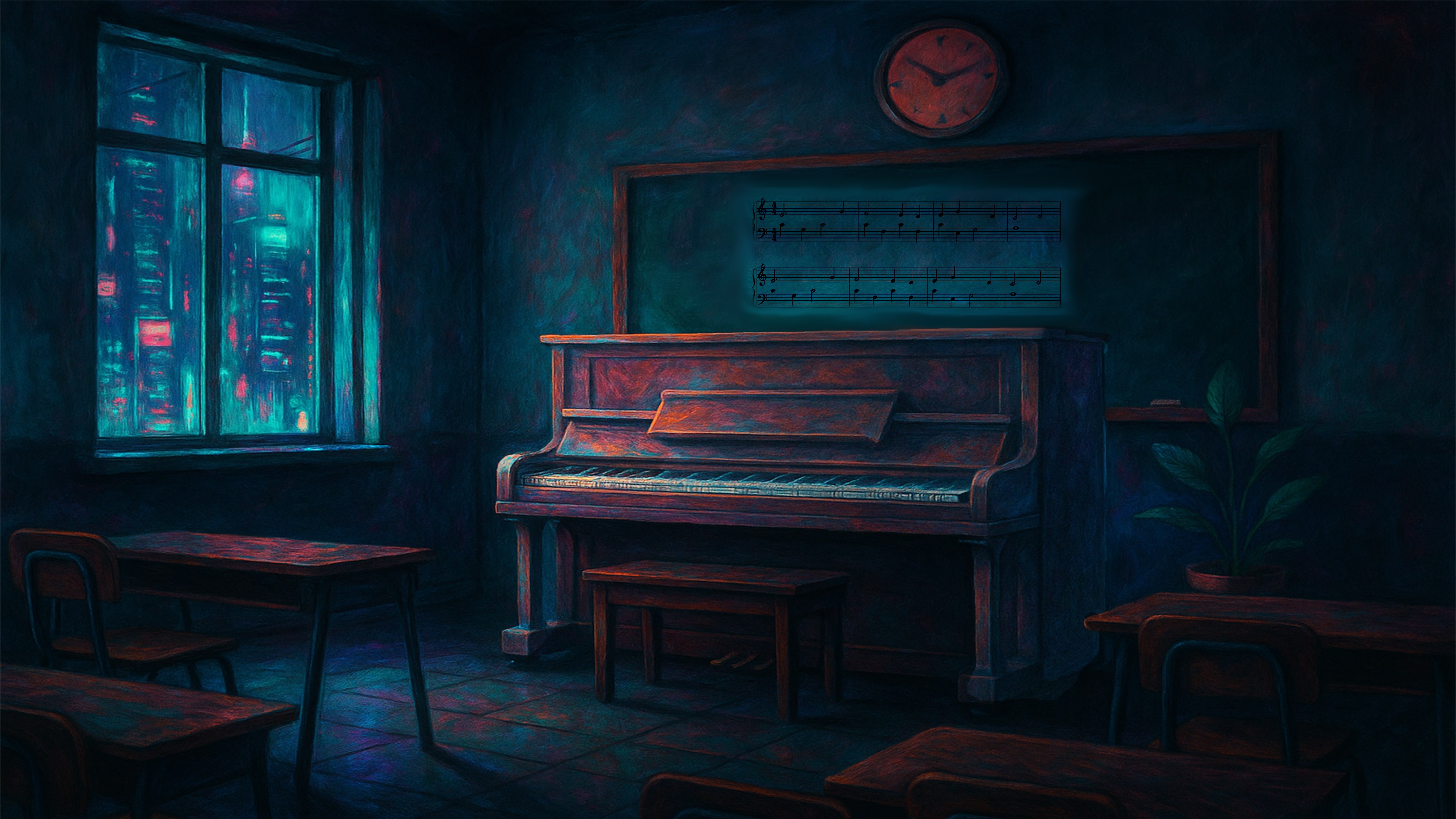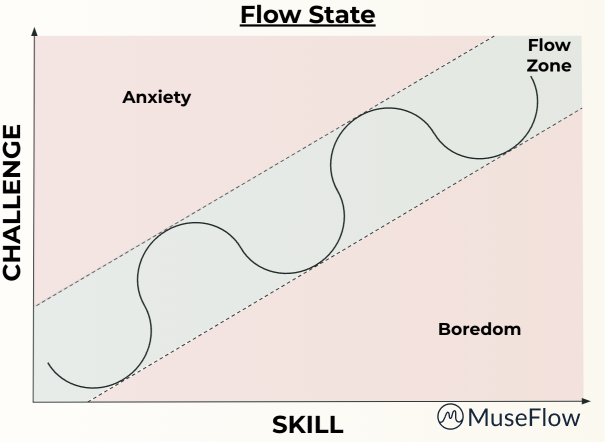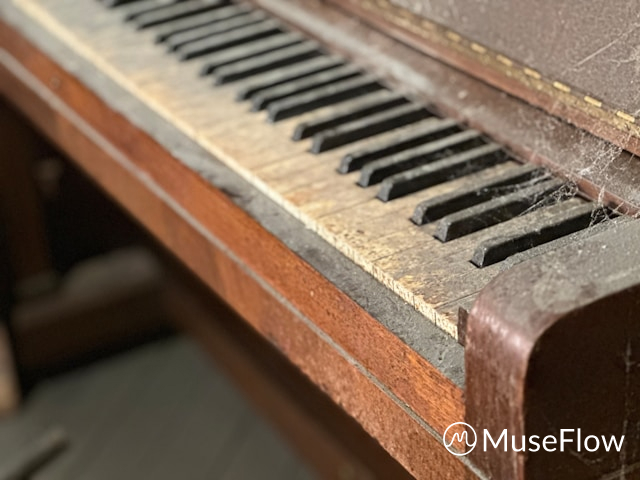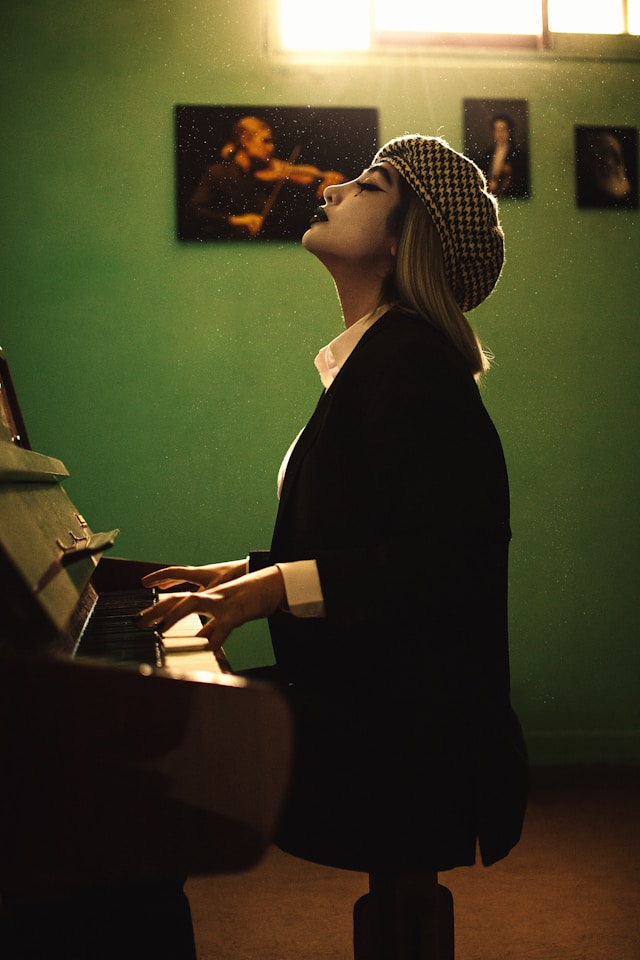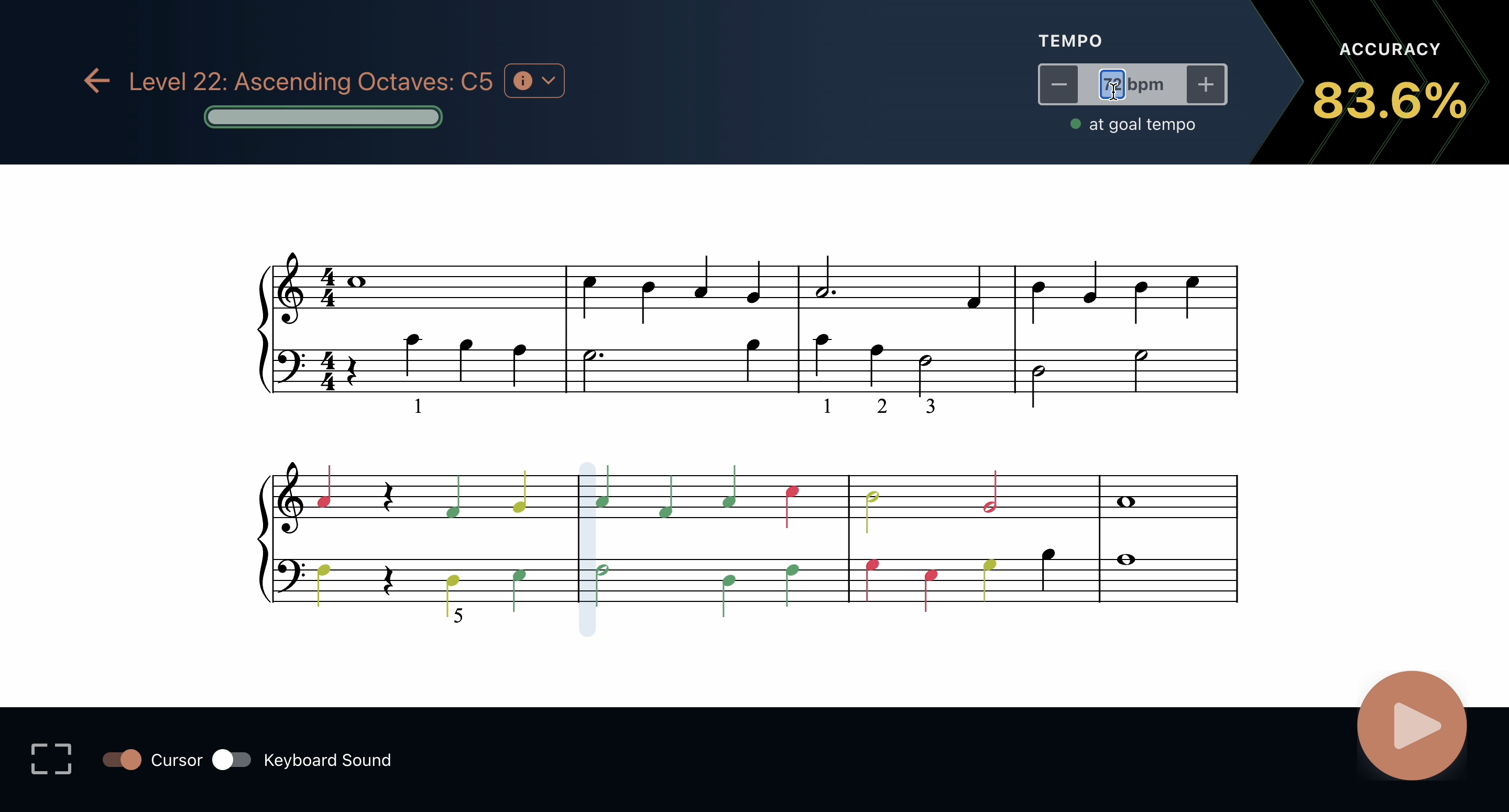How to Refine Your Piano Skills with MuseFlow
Whether you’re an intermediate pianist looking to reach the next level or an advanced player aiming for perfection, refining your piano skills is a continuous and rewarding journey! With the right new tools and guidance, you can easily enhance your technique in 2024 with MuseFlow. It also helps you expand your repertoire, and deepen your musical understanding. Read below to find out how MuseFlow will help you refine your piano skills effectively.
Start using MuseFlow for free now!
1. Personalized Practice Plans
MuseFlow has the ability to create personalized practice plans tailored to your specific needs. The app uses advanced AI technology to assess your current skill level and identify areas for improvement. Based on this unique assessment, the best free piano app offers a customized practice schedule that focuses on really refining your technique and addressing any weaknesses.
Why it matters? Personalized practice plans really make sure that you spend your practice time efficiently. Instead of working on one generic exercise or song after the other (the old-school way), you’ll be focusing in on the areas that need the most attention, allowing for faster and more targeted improvement. This is the fastest way to learn at a higher pace.

2. Real-Time Feedback and Error Correction
Refining your piano skills requires immediate & accurate feedback on your performance. MuseFlow provides real-time feedback as you play, helping you correct mistakes and perfect your technique on the spot. The app carefully listens to your playing and, with AI, analyzes your notes and timing, offering instant corrections and suggestions for improvement.. AI has the power to find errors and patterns in your playing that a human wouldn't be able to find on the spot.
Why it matters? Real-time feedback helps you develop good habits and avoid reinforcing mistakes. This instant guidance is crucial for refining your skills, ensuring that you’re practicing correctly and making the most of your practice sessions.

3. Advanced Exercises and Techniques
MuseFlow offers a wide range of advanced exercises & techniques designed to challenge and refine your piano skills. From complex scales and arpeggios to intricate finger exercises and advanced pieces, the app provides a comprehensive set of tools to help you push your limits and achieve new levels of proficiency.
Why it matters? Access to advanced exercises and techniques allows you to continually challenge yourself and prevent stagnation. By tackling more difficult material, you can expand your technical abilities and enhance your overall musicianship...if you're still asking yourself, how do I refine my piano skills? Then you've found the answer.

4. Achieving the Flow State - You'll Love it
One of the key aspects of refining your piano skills is achieving a state of flow—where you are fully immersed and focused on your practice. MuseFlow is designed to help you reach this optimal learning state by providing just the right level of challenge. The app adapts to your progress, ensuring that each exercise is neither too easy nor too difficult, keeping you engaged and motivated.
Why it matters? Being in a flow state makes practice sessions more productive and enjoyable. When you’re fully engaged, you’re more likely to retain information and improve your skills. This goes for learning and refining any skill. MuseFlow’s ability to get you in this special state helps you get the most out of your practice time. You will love it! It will feel like time is just passing by without you noticing.

5. Extensive Music Library
The best piano lessons app has an extensive music library which is another powerful tool for refining your piano skills. The app offers a large selection of pieces across various genres and at every difficulty level. This really allows you to explore new styles and expand your repertoire. Thanks to AI this is now possible and will help you have more fun while learning. Each piece is accompanied by detailed tutorials and practice tips to help you master it.
Why it matter? A diverse repertoire is essential for any pianist looking to refine their skills. By playing a wide range of music, you can develop versatility and adaptability, which are crucial for advanced musicianship. MuseFlow’s library ensures that you always have new and exciting pieces to learn.

Conclusion
Refining your piano skills is a continuous journey. It requires dedication, the right tools, and effective guidance! MuseFlow really stands out as the ideal companion for this special journey, offering personalized practice plans, real-time feedback, advanced exercises, and a supportive community. Whether you’re aiming to perfect your technique, expand your repertoire, or achieve new and better levels of playing and sight reading, MuseFlow provides the resources and support you need to succeed.
Start refining your piano skills with MuseFlow today and experience the difference that advanced technology and personalized learning can make. We promise you will love it!


.svg)

.jpg)
